How to Graph Rational Functions?
The rational function is defined as a polynomial coefficient whose denominator has a degree of at least 1. In other words, there must be a variable in the denominator. You can graph Rational Functions in a few simple steps. Join us to learn more about graphing Rational Functions.

The general form of a rational function is \(\frac {p(x)}{q(x)}\), where \(p(x)\) and \(q(x)\) are polynomials and \(q(x) ≠ 0\).
Related Topics
- How to Graph Rational Expressions
- How to Add and Subtract Rational Expressions
- How to Multiply Rational Expressions
- How to Solve Rational Equations
A step-by-step guide to graphing rational functions
Each rational function may be graphed using the following steps:
- Find the \(y\)-intercept by evaluating the function at zero.
- Multiply the numerator and denominator together.
- Determine where each numerator component is zero to discover the \(x\)-intercepts for factors in the numerator that are not common to the denominator.
- Determine the behavior of the graph at those places by finding the multiplicities of the \(x\)-intercepts.
- Note the multiplicities of the zeros in the denominator to determine the local behavior. Find the vertical asymptotes for those components that are not common to the numerator by setting them to zero and then solving them.
- Find the removable discontinuities in the denominator that are similar to factors in the numerator by setting those factors to \(0\) and then solving.
- To get the horizontal or slant asymptotes, compare the degree of the numerator and denominator.
- Draw the graph.
Graphing Rational Functions – Example 1:
Sketch the graph of the following function: \(f(?)=\frac{3?+6}{?−1}\)
First, find the \(y\)-intercept: \(f(0)=\frac{3(0)+6}{0−1}=\frac {6}{-1}=-6 → (0,-6)\)
Then, find the \(x\)-intercepts: \(3x+6=0 → 3x=-6 → x=\frac{-6}{3}=-2 → (-2,0)\)
Now, we have to determine the asymptotes:
Vertical asymptote: \(x=1\), Horizontal asymptote: \(?=3\)
Now, we only need points in each region of \(x\)’s. Since \(y\)-intercept and \(x\)-intercept is currently in the left region, we will not need to point there. This means that we need to get a point in the right region. It does not matter how much \(x\) we choose here, we just need to keep it relatively small to fit on our graph.
\(f(2)=\frac{3(2)+6}{2−1}=\frac{12}{1}=12\)
By putting all this together, the following diagram is obtained.
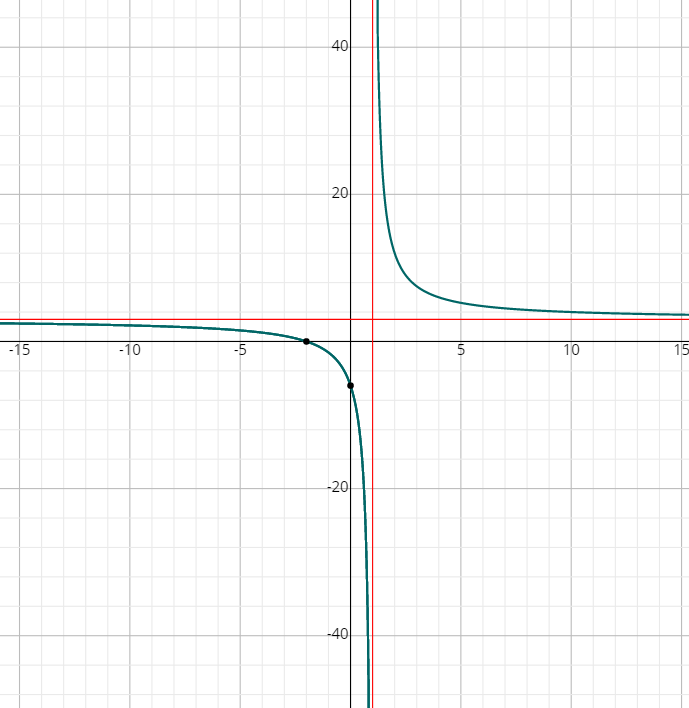
Exercises for Graphing Rational Functions
Graph these rational functions.
- \(\color{blue}{f(x)=\frac{x^2 -3x}{x-5}}\)
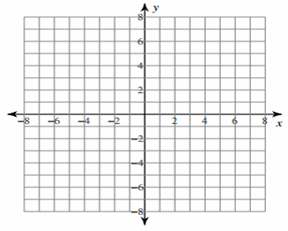
- \(\color{blue}{f(x)=\frac{x-6}{x^2-5x+1}}\)
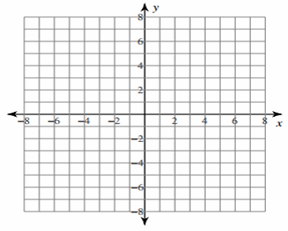
- \(\color{blue}{f(x)=\frac{x^2}{12x+6}}\)
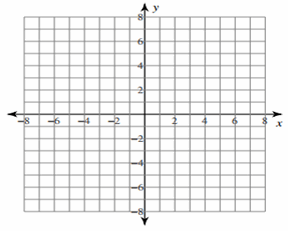
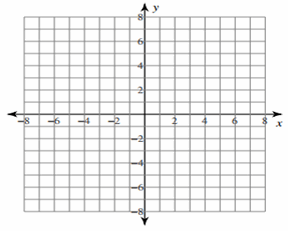

- \(\color{blue}{f(x)=\frac{x^2 -3x}{x-5}}\)
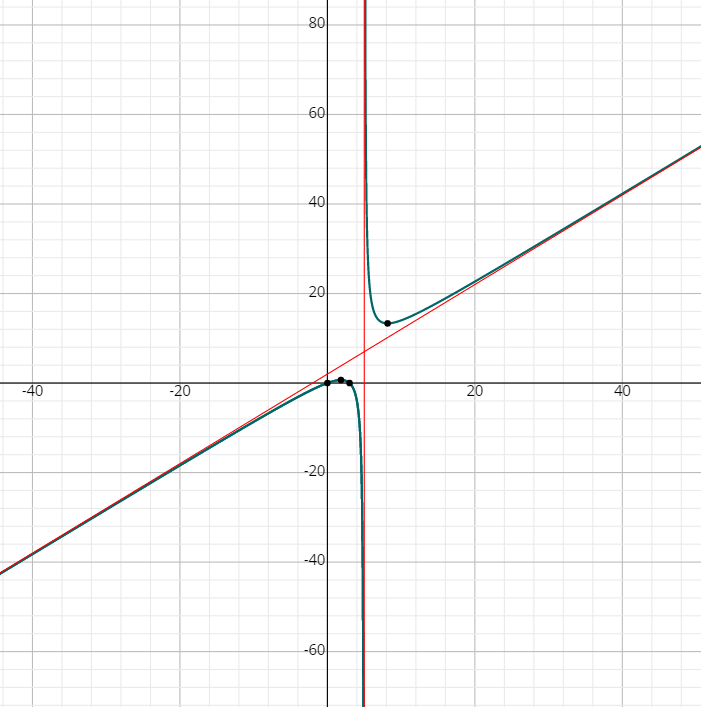
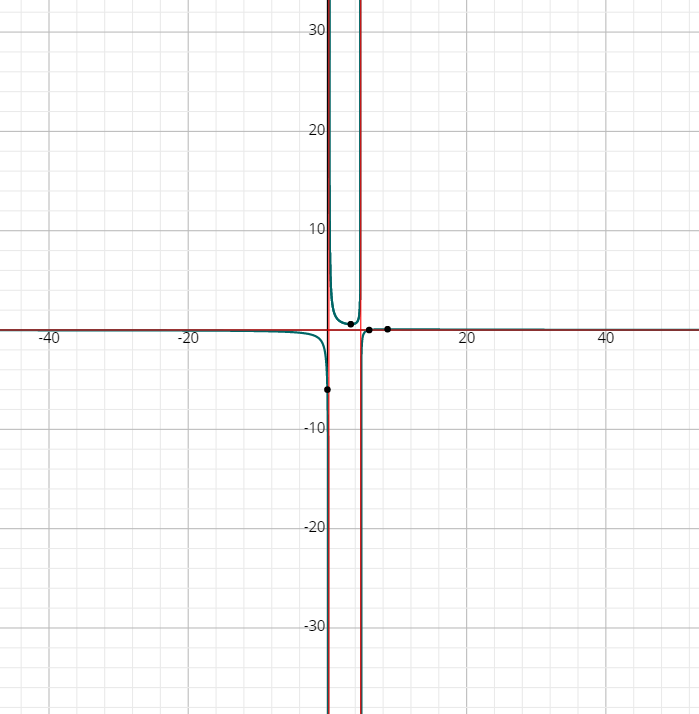

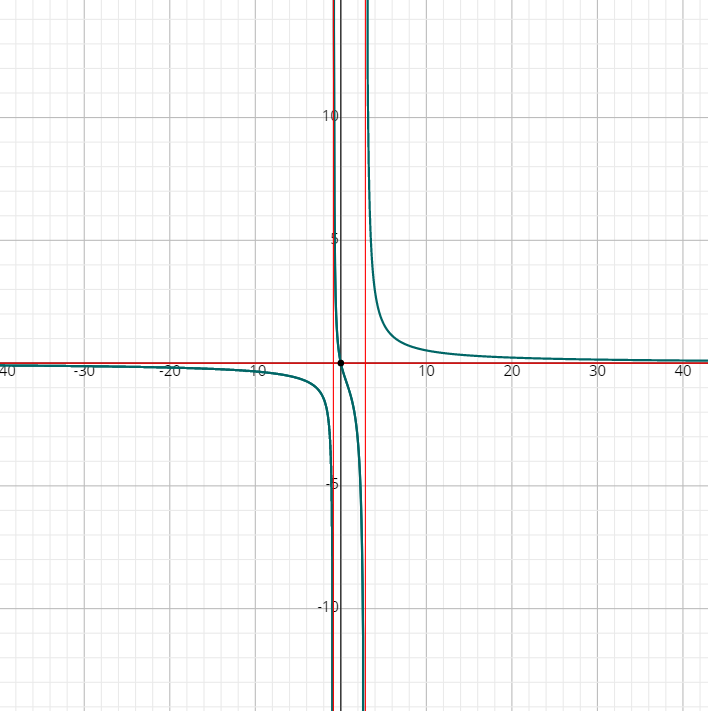
Related to This Article
More math articles
- Fractional Forecasts: How to Estimate Sums and Differences Using Benchmarks
- How to Identify and Understand the Essential Properties of Squares
- Top 10 Free Websites for Praxis Core Math Preparation
- How to Get 800 on the SAT Math?
- How to Translate Phrases into an Algebraic Statement? (+FREE Worksheet!)
- How to Multiply and Divide Complex Numbers? (+FREE Worksheet!)
- Unlock the Answers: “GED Math for Beginners” Solution Manual
- Full-Length 7th Grade STAAR Math Practice Test-Answers and Explanations
- Bеѕt Cоllеgе Lарtорs in 2024
- The Ultimate Praxis Core Math Course (+FREE Worksheets & Tests)


























What people say about "How to Graph Rational Functions? - Effortless Math: We Help Students Learn to LOVE Mathematics"?
No one replied yet.